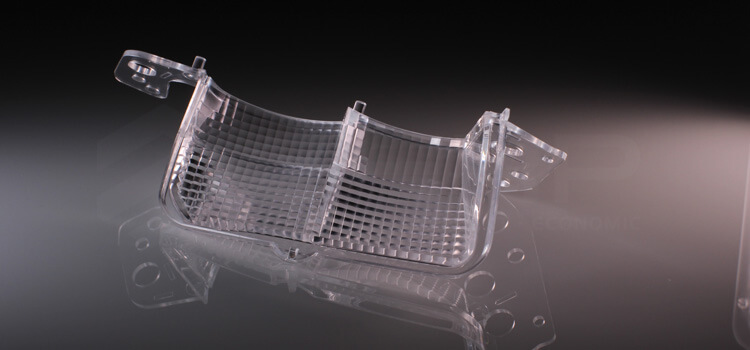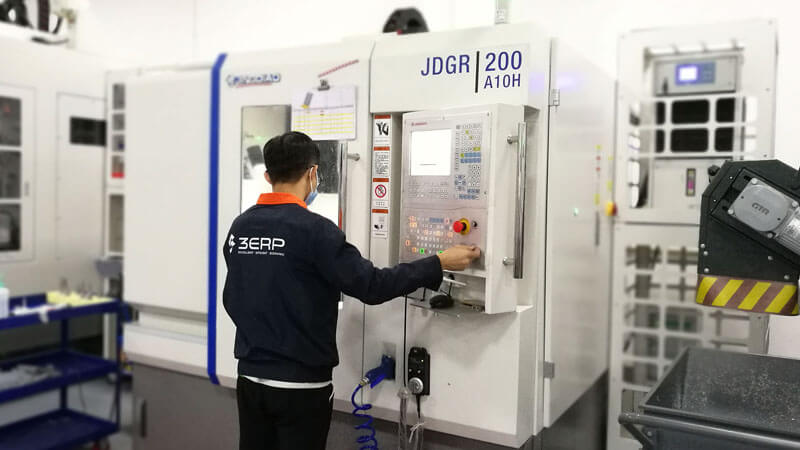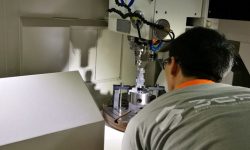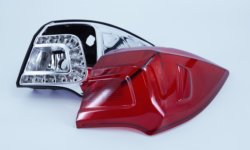While the outsourcing of mass production to China is now standard practice for many companies, the outsourcing of prototypes — preliminary versions of products that will be mass produced at a later time — is less common. Like all business decisions, outsourcing prototypes to China has its pros and cons, but when the right steps are taken to ensure the best service provider is chosen, the advantages can significantly outweigh the disadvantages.
Rapid prototyping in China
When it comes to manufacturing in China, the West has certain preconceived notions: that China is a market in which exceptional value can be found, but whose value often comes at the expense of quality. The Western view of China’s rapid prototyping and low-volume manufacturing capabilities is no different: the prevalent standpoint is that, while prototypes can certainly be obtained at a low cost, you might end up sacrificing certain advantages. But is this viewpoint justified?
Rapid prototyping in China has come a long way in recent years. Rewind two decades, and all prototypes were being made shouban — by hand — which meant costs were high. A kettle prototype, for example, would have cost around 30,000 RMB (4,700 USD), roughly 100 times a worker’s average monthly wage.
Things started change after the turn of the millennium. As prototyping companies began to invest in CNC machining equipment, prototype costs began to decline, albeit only marginally. Using CNC machines, a more complex prototype such as a mobile phone could be made for around 12,000-15,000 RMB (1,900-2,350 USD).
Some of today’s key technologies for rapid prototyping, including CNC machines and additive manufacturing (3D printing) equipment, are now being developed on a huge scale across the country, which is in part thanks to China’s consistent economic growth: its GDP has grown at a rate of around 10% since the year 2000, plateauing at around 7% over the last five years.
According to market research firm IDC, China spent $1.1 billion on additive manufacturing last year, making it the primary “force” behind additive manufacturing growth in Asia. On the subtractive side, research firm Research and Markets reports that 282,900 CNC machine tools were manufactured in China in 2016, up 5.7% over the previous year.
And while that huge investment in prototyping equipment means China’s prototyping market is growing, it has also introduced stiff competition to the market, forcing prices so low that some prototyping companies — many of which operate with just two or three machines — are charging little more than production costs to their customers, resulting in slim profit margins.
China or elsewhere?
Although the stereotype of China as a low-cost, low-quality market may be outdated, half of the stereotype remains true: China is a very affordable place to manufacture, even for prototypes and low volumes, which means companies based in Europe, the U.S. and elsewhere can reduce their manufacturing costs (without reducing their output volume) by outsourcing to China.
Companies in places like Vietnam can often provide even cheaper prices, but China’s greater experience, which has been honed over the last 20 years and which has given rise to specialists in specific fields like programming and finishing, gives it the edge over its neighbors. Chinese manufacturers also have a reputation for fast turnarounds, which means affordable prototypes can be completed in a short timeframe.
Another significant advantage to prototyping in China is the potential for bridge manufacturing. Since mass production in China is widely recognized as the most cost-effective means of creating large quantities of a product, having that product prototyped in China beforehand means the transition to mass production can be extremely fast.
The disadvantages of outsourcing prototypes to China are mainly logistical, and one of the most common reservations held by Western businesses concerns communication. Many workers at Chinese rapid prototyping companies are not fluent English speakers, which means conveying ideas can be difficult. The language barrier becomes a bigger problem if modifications have to be made or if technical problems arise during production.
Perhaps the biggest concern with outsourcing manufacturing to China, however, is the matter of intellectual property. Trade secrets, trademarks, copyrights and patents are all complicated legal issues, but these issues become even more complicated when working across borders and a long supply chain.
Additionally, while high-end Chinese prototyping companies have vastly improved their standards and are now able to obtain materials and tools with ease, those low-end companies saturating the market may still offer products of a lower quality than required.
In short, the pros and cons of outsourcing prototypes to China must be weighed against one another. Lower costs, faster turnarounds and scalability are the biggest advantages, while communication and IP security occasionally present risks.
What can 3ERP offer?
As one of China’s leading rapid prototyping and low-volume manufacturing companies, Guangdong-based 3ERP offers a variety of services — CNC machining, vacuum casting, rapid tooling, 3D printing and more — all of which come with the traditional advantages associated with outsourcing to China: affordable pricing, the ability to have a design finished within hours and comprehensive options for bridge production.
3ERP, however, also goes above and beyond by presenting solutions to the traditional problems associated with outsourcing to China. As a highly experienced ISO9001-2015-certified manufacturer with a mature and comprehensive supply chain, 3ERP can guarantee prototypes of a high standard, comparable to products made in the U.S. and Europe. Its large arsenal of 4-axis and 5-axis machines contribute to this quality, allowing the company to make complex, high-precision prototypes that the average Chinese company (or Vietnamese company, for that matter) would be unable to produce.
Because 3ERP is an international company, its staff are also able to communicate clearly with clients in English, overcoming any potential communication problems before or during production.
Furthermore, 3ERP carries out its operations in-house, which is beneficial for several reasons. Firstly, its prototypes and low-volume production runs can be completely quickly, all the way up to the finishing stage. Secondly, because designs remain under the 3ERP roof throughout the end-to-end production process, IP security can be guaranteed. Companies whose manufacturing and assembly facilities are separate, or who outsource aspects of production to third parties, cannot offer that same security.
All clients have different needs, but outsourcing prototypes to China can represent excellent value for businesses across a range of industries — automotive, aerospace, medical and beyond. And when selecting a partner known for its Excellence, Efficiency and Economy, the advantages of outsourcing to China can far outweigh the disadvantages.










